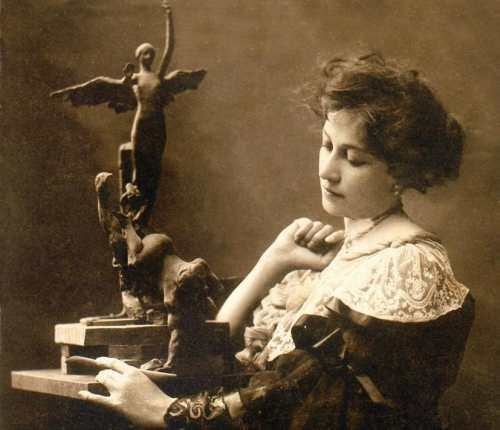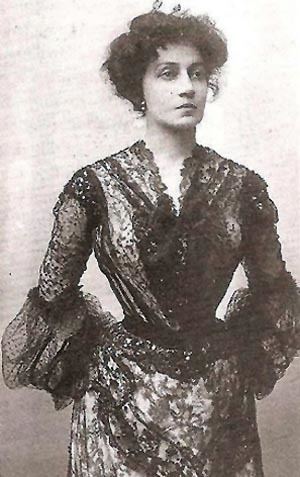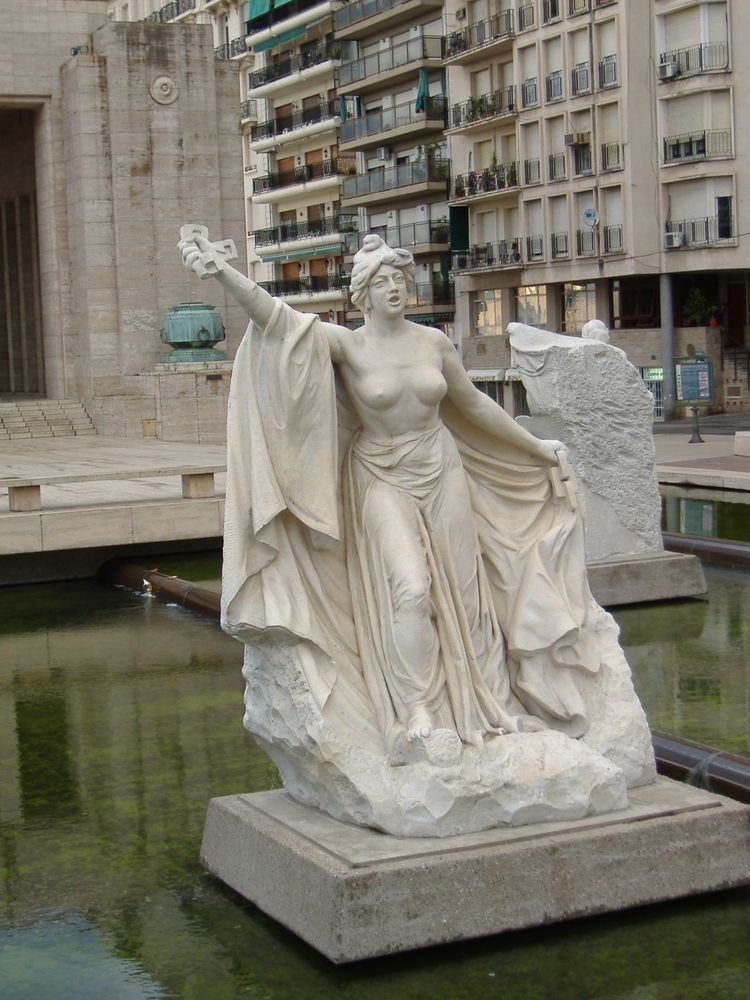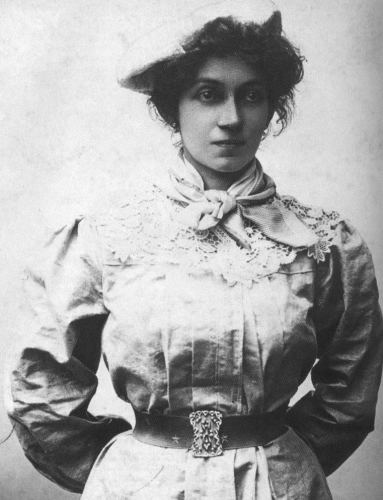Period Classicism Name Lola Mora | Role Artist | |
 | ||
Full Name Dolores Candelaria Mora Vega Died June 7, 1936, Buenos Aires, Argentina | ||
Resting place La Chacarita Cemetery | ||
Music On My Shoulder Presents: One Children's Foundation Launch and Art Auction @ Lola Mora Gallery!
Dolores Candelaria Mora Vega (November 17, 1866 - June 7, 1936) known professionally as Lola Mora, was a sculptor born in El Tala, Salta Province in Argentina. She is known today as a rebel and a pioneer of women in her artistic field.
Contents
- Music On My Shoulder Presents One Childrens Foundation Launch and Art Auction Lola Mora Gallery
- Bio ar lola mora ii canal encuentro hd
- Early life
- Education
- Works
- References

Bio ar lola mora ii canal encuentro hd
Early life

Dolores was the daughter of Romualdo Alejandro Mora, a prosperous landowner of Tucumán Province of Spanish origin and Regina Vega. She was the third born of seven children, three boys and four girls. Her parents (unusual behavior for the time) decided that the girls will have too, the best education possible. In 1870 when Lola was 4 years old her parents decided to move the family to San Miguel del Tucumán At seven years of age, circa 1874, she was a boarding school pupil at Colegio Sarmiento de Tucumán Province. In 1885, within two days both her parents died. Her older sister Paula Mora Vega married the engineer Guillermo Rucker, and together took care of the orphans.
Education

At 20 years of age she began painting portraits, but soon turned to sculpting marble and granite. She studied art in her home province and then, with a scholarship, in Rome, Italy, studying under Costantino Barbella and Giulio Monteverde. In 1900 she returned to Argentina and, with government connections, was commissioned to create two bas-reliefs for the Historical House of Tucumán.

As her career developed, her sensual style and her status as a female artist made her controversial. In 1903 her Nereids Fountain, created for the city of Buenos Aires, met bureaucratic problems at the city's Deliberative Council, which had the sculpture moved from place to place.
Near the end of her life, she did some extravagant business (such as financing petroleum surveys in Salta), and then retired with only a pension to support herself. After her death in Buenos Aires, in poverty and obscurity, friends of hers burned her letters, mementos and personal diaries.
Mora obtained various patents. One included a system to project films without a screen (using a column of vapor), as well as systems for mining.
Mora was the subject of the 1996 film "Lola Mora", directed by Argentinian director Javier Torre.
Works
Mora's works include (in Buenos Aires unless otherwise noted):
